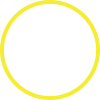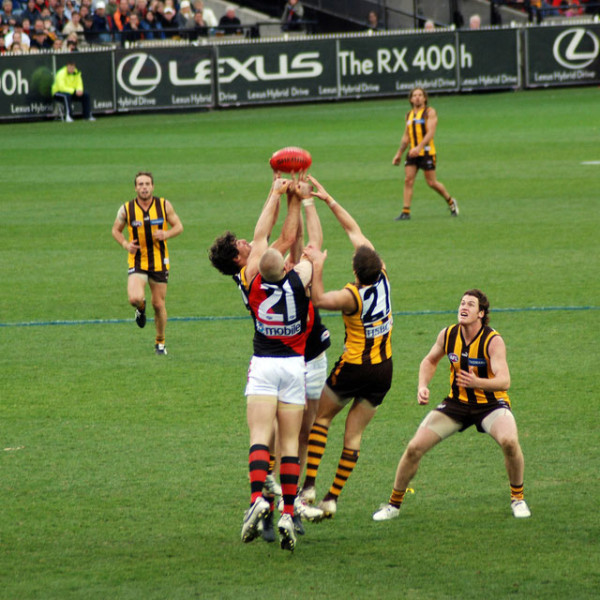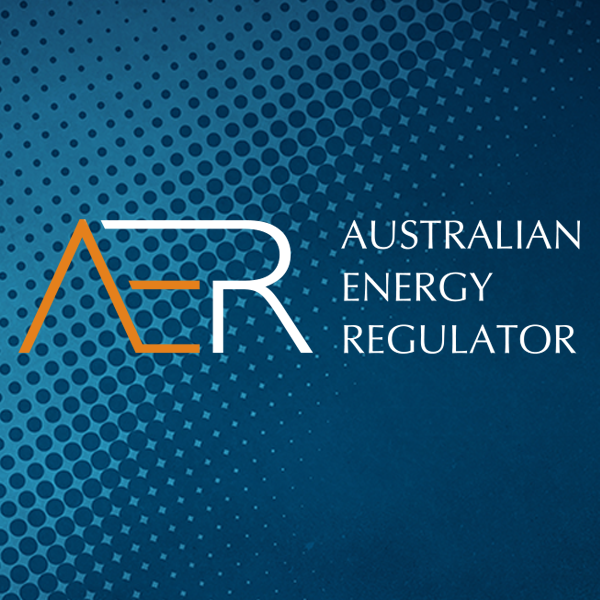The Australian Utility Week (AUW) conference has just wrapped up for another year and our Voltio attendees enjoyed a couple of action-packed days in Melbourne.
Firstly, a little bit of context for those readers who aren’t familiar with AUW. The conference has been running for 15-years and is focused on digital transformation in the utility industry. The event attracts speakers, exhibitors and attendees from a wide range of sectors including smart grids, smart metering, IoT, energy storage, energy and water services, start-ups and much more.
Take a high-level view of the event, two broad messages were made clear. The energy sector is on the verge of massive transformation, and there’s a genuine drive from industry players to make sure customers are the beneficiaries of this change. Let’s look at this in more detail:
Demand response management (DRM) is vital.
As the electricity market continues to evolve from a centralised system (think of large-scale power plants) to a decentralised system (think of individual solar and battery installations), more sophisticated demand response programs will help the market balance energy supply and demand.
Consumers can participate in demand response programs by reducing their energy consumption during periods of high-demand, or pushing surplus energy back into the grid from solar or batteries. Despite uncertainty about how the current level of demand response in the NEM, all the discussions at AUW indicated that DRM is a huge opportunity.
SwitchDin is a great solution in this space. They have developed a technology that monitors and controls load from behind-the-meter assets, like solar and batteries.
Peer-to-peer energy trading is on the rise.
There’s plenty of activity in this space, from all corners of the market. John Campbell from Our Energy in New Zealand, has launched a product called ‘Lemonade‘ that matches local generators with local consumers.
Narelle Charity from AGL’s Smart Home division reviewed their Virtual Power Plant (VPP) program in South Australia, and Belinda Kirkead from LO3 Energy spoke about their work developing the Brooklyn Microgrid using blockchain.
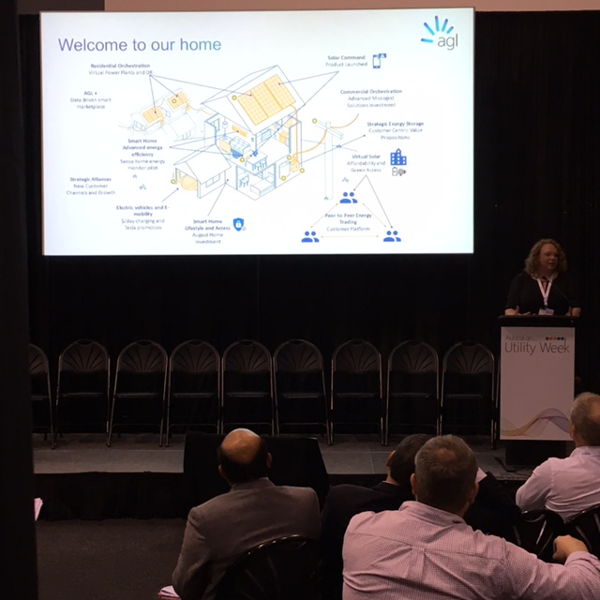
Narelle Charity describing AGL’s vision for the smart home.
Over-complicating simple solutions.
The most astounding finding from the AUW was the lack of attention given to customer expectations. The best way we can highlight this is with a quick anecdote. Stefan Jarnason, the CEO of Solar Analytics, was moderating a panel called ‘Connected energy: integrating behind the meter generation with DR, VPPs and the smart home ecosystem.’ During the course of the discussion the panel speakers spoke at length about the applications, tools and widgets they’re all building to make customers more engaged with their energy.
However Stefan asked a very good question, “If you had to give a score, from 0 to 100, on how involved customers want to be with their energy – what would the score be?” And the response from the 12 panellists… zero, zero, zero, zero, zero, zero, zero, maybe five, zero, zero, zero, zero*.
It was a complete contradiction. The industry knows what the customer wants, but there’s thin evidence available that the industry is simplifying pricing models, automating processes and generally making things easier. This is a huge opportunity for the industry.
Conclusion.
The future of the energy market is hard to predict, but for best results we encourage businesses and property owners to think about combining three tactics; independent electricity generation and storage, automated demand response and real-time energy trading. If you’re interested in building these types of activities into your energy roadmap, then please don’t hesitate to give us a call.
*This was the overall tone of their response, not their exact words.
